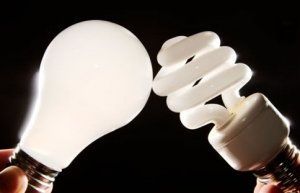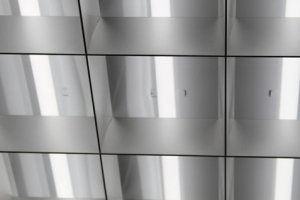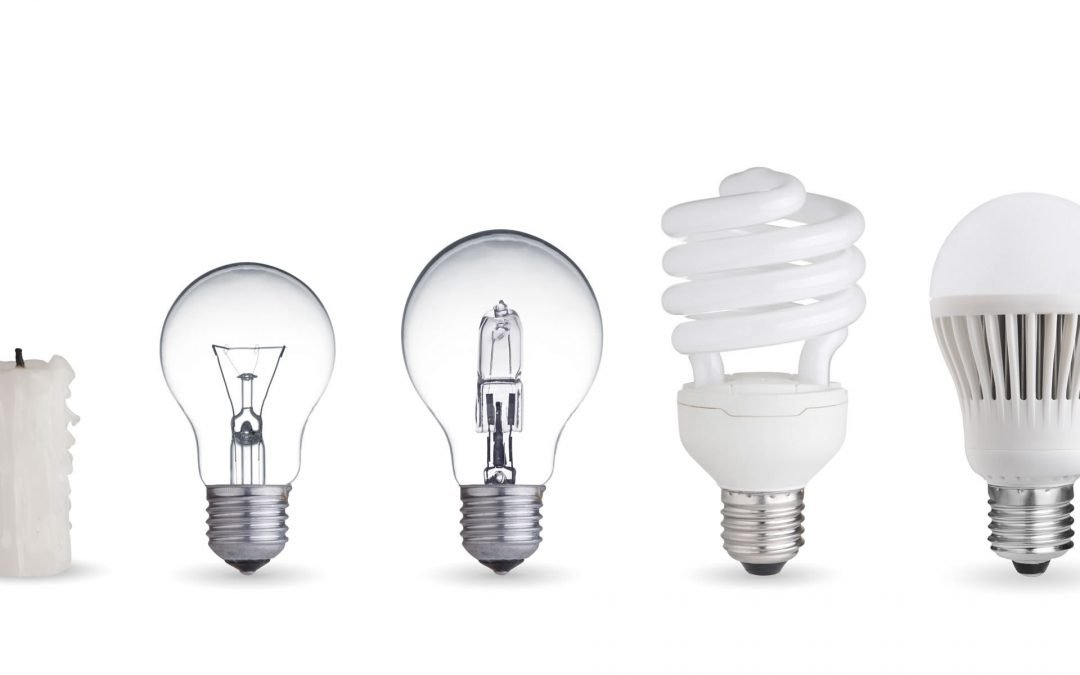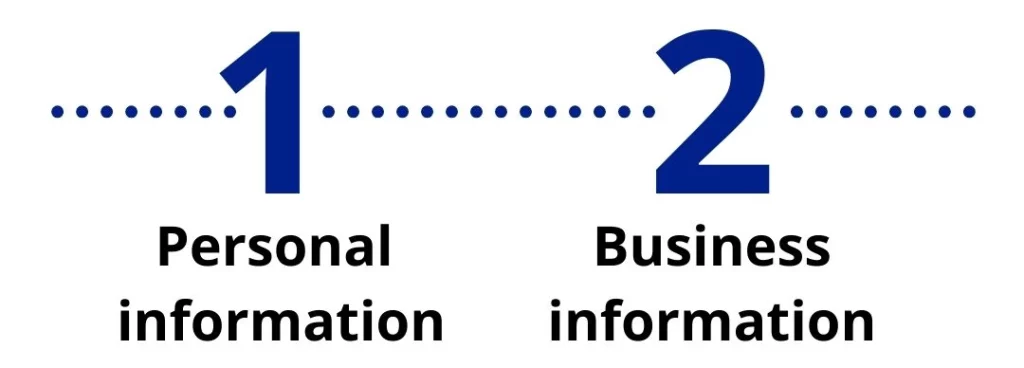 In place of my familiar, traditional incandescent bulbs, there were these funny looking curly-cue bulbs that were suppose to last for years. Only problem is they contained hazardous material—mercury—that meant they had to be carefully disposed of. This sounded quite complicated to me and I resisted buying them and tried in vain to find my normal 100 watt bulbs in other stores.
In place of my familiar, traditional incandescent bulbs, there were these funny looking curly-cue bulbs that were suppose to last for years. Only problem is they contained hazardous material—mercury—that meant they had to be carefully disposed of. This sounded quite complicated to me and I resisted buying them and tried in vain to find my normal 100 watt bulbs in other stores.
Then I found out that government regulations were at fault. The government was now telling us what light bulbs we could use. This was outrageous to me.
So I calmed down and decided to dig in and find out what was behind this assault to my shopping freedom. And here’s what I found.
Basically, the demand for energy has significantly increased over the past 30 years. To address this increased demand new power plants were planned and constructed. As the construction of new power plants were planned there developed a strong resistance by the general public to building a power plant near populated areas. This resulted in many lawsuits and legal actions that slowed or even stopped the construction of new power plants. In response to this the government began promoting the use of energy efficiency products in order to extend the use of existing power plants and temporarily avoid the need to build new ones.
The government is strongly promoting the idea of energy efficiency to both slow the energy demand increase and reduce the amount of carbon dioxide released into the environment in order to address the perceived global warming problem. (Remember that most power plants burn oil, coal or natural gas to make electricity. The burning of oil, coal or natural gas produces carbon dioxide gas and releases it into the environment.) Companies that can show a reduction or a slowed increase in carbon dioxide emission can obtain tax credits from the government. Utilities are strongly motivated to financially subsidize the use of energy efficient products in the commercial and residential areas.
One specific area the government is addressing for nation-wide energy efficiency efforts is in commercial lighting. It is not generally known that one of the major uses of energy in the US is to light commercial business spaces, like a retail store or office building.
Therefore, any amount of widespread improvement in energy efficient lighting will result in a significant positive impact slowing the increase in energy demand and thereby a reduction of carbon dioxide emissions.
To this end, the government has strongly promoted the elimination of the traditional light bulb because they are so energy inefficient. As a result of these efforts, the traditional light bulb will no longer be manufactured after 2014 (yes, I’ve said my farewells to the traditional incandescent light bulbs I grew up with).
In the commercial sector, the government is strongly promoting the use of LED lighting as the most energy efficient lighting solution currently available. This has resulted in many lighting companies developing more affordable LED lighting products.
 The most commonly used light in commercial applications is the fluorescent tube. Like the traditional light bulb, the government is focusing regulatory efforts on the fluorescent light as its disposal releases harmful mercury gas into the environment and with over 100 million fluorescent lights disposed every year this has become a serious environmental concern. Additionally, the fluorescent light is not recyclable and creates an increasing waste problem.
The most commonly used light in commercial applications is the fluorescent tube. Like the traditional light bulb, the government is focusing regulatory efforts on the fluorescent light as its disposal releases harmful mercury gas into the environment and with over 100 million fluorescent lights disposed every year this has become a serious environmental concern. Additionally, the fluorescent light is not recyclable and creates an increasing waste problem.
Even the life of those curly-cue bulbs in the grocery story is bound to be short-lived for the same reasons as the fluorescent tubes. Those curly-cue bulbs are simply compact fluorescent bulbs with the same disposal problems.
LED lighting is being promoted over fluorescent lighting in most commercial applications because it does not use mercury gas and is 100% recyclable, not to mention LED is 50% more energy efficient and lasts 3-5 times as long, thus saving energy and significantly reducing the waste problem.
In response to the government promoting energy efficiency, local utility companies are financially subsidizing the use of energy efficient products. Utility rebates are currently offered for installing energy efficient motors, insulation, roofing, lighting and other products.
As you can see, energy efficiency is fast becoming an important issue in today’s world for a variety of reasons.
In the end, I’m not saying I agree with government regulations on this level, but I am saying I have a better understanding of what happened to my 100 watt light bulbs and I’m very interested in the future of LED.



